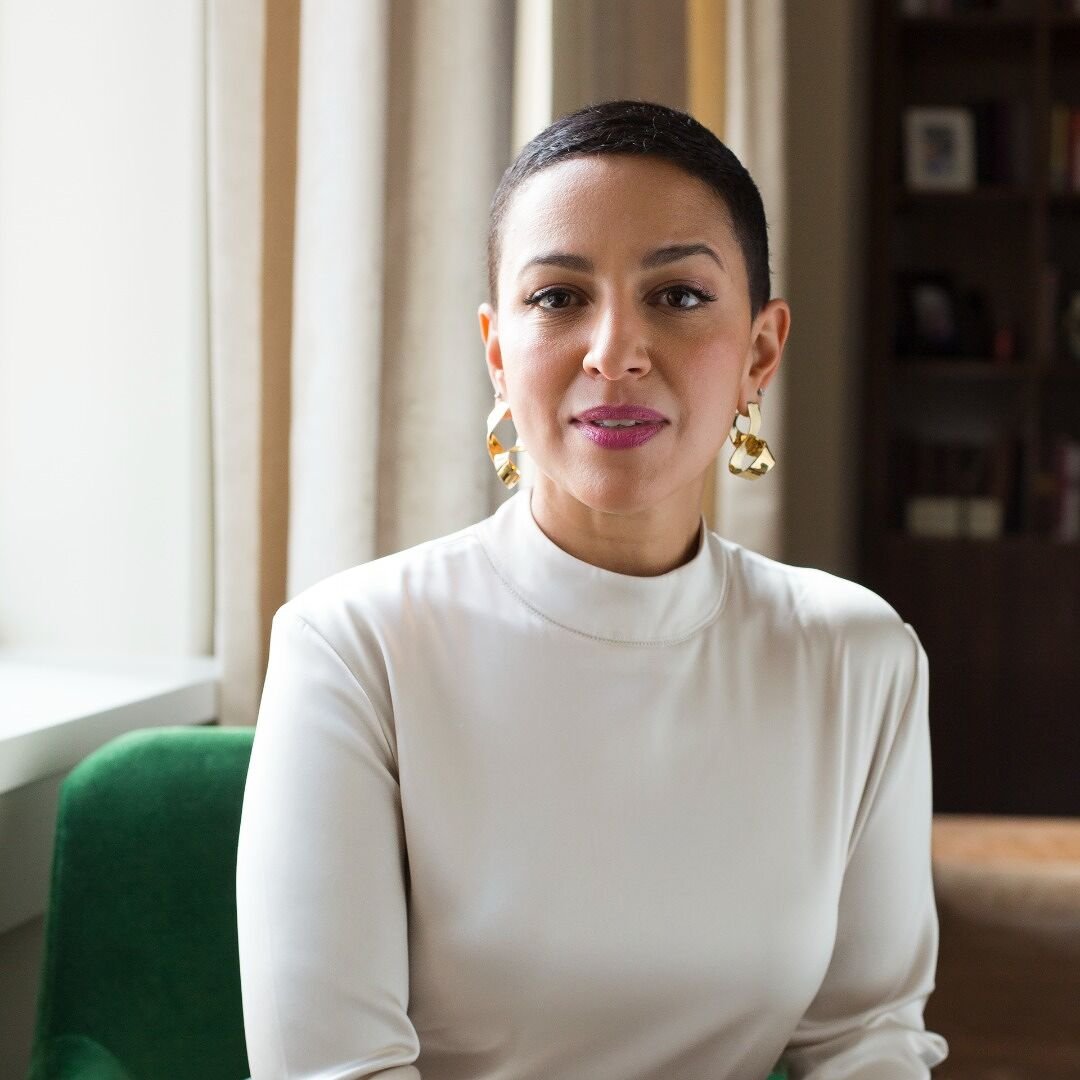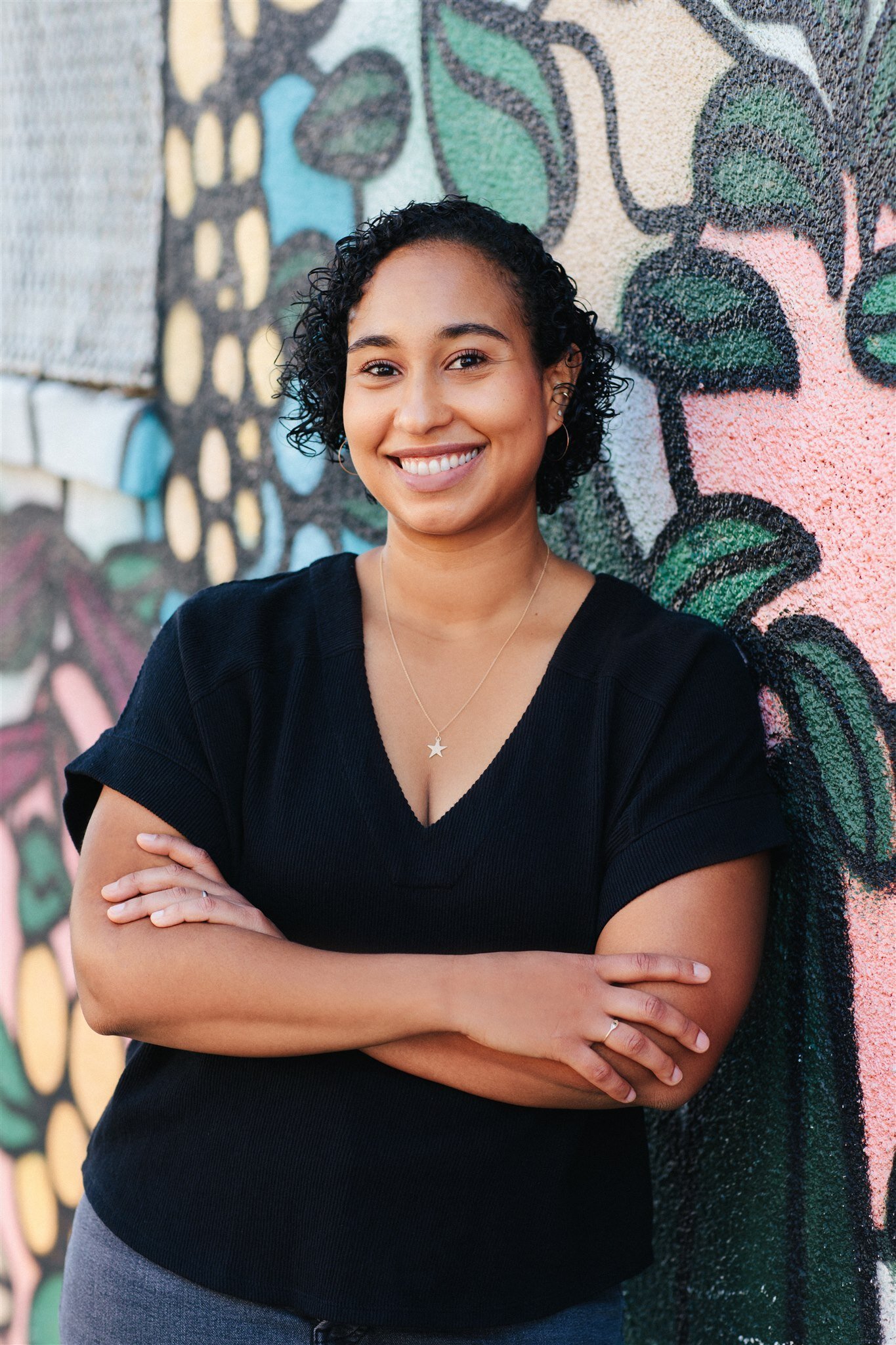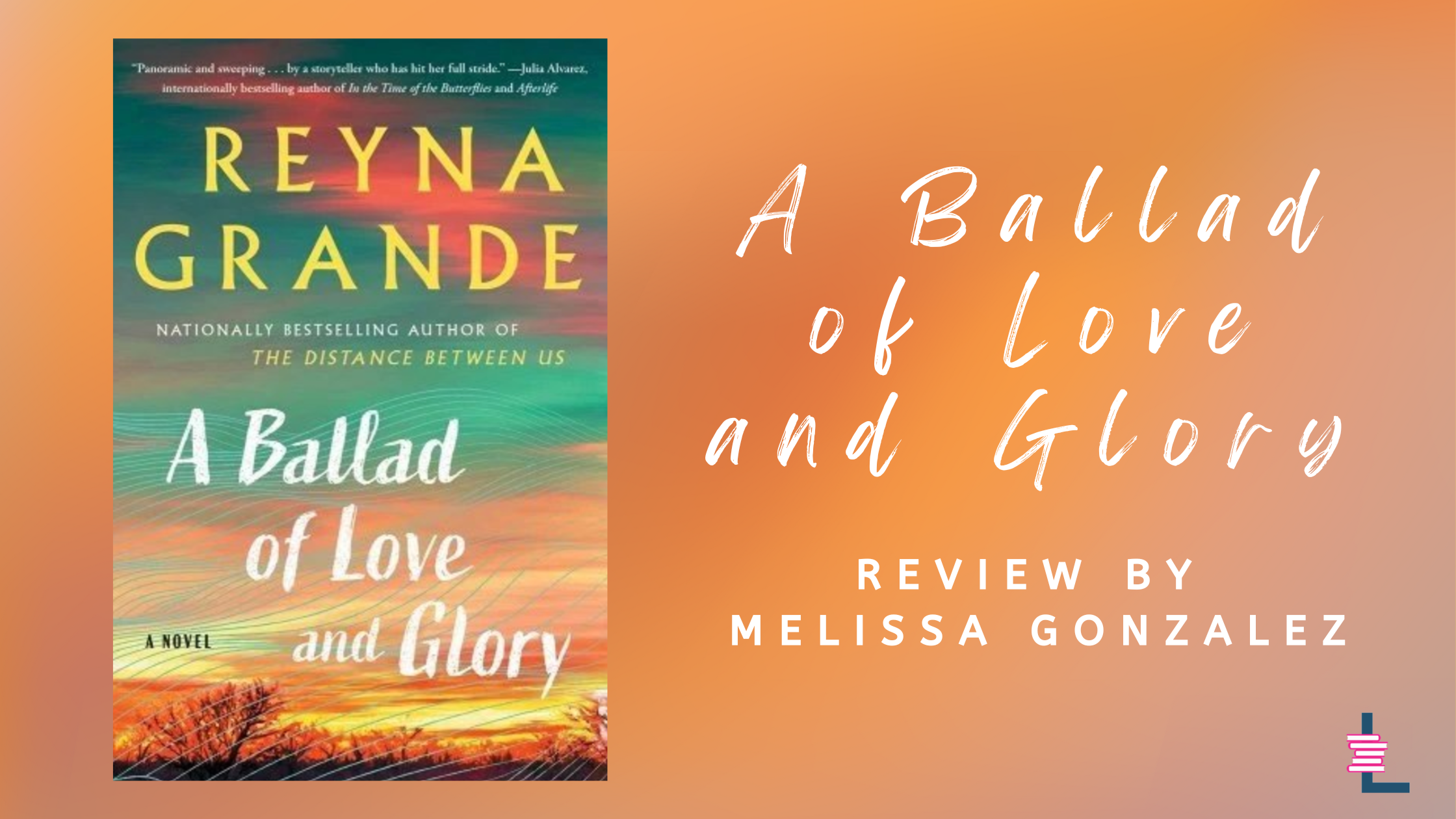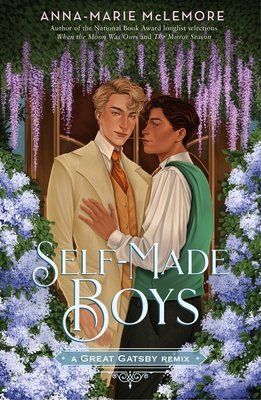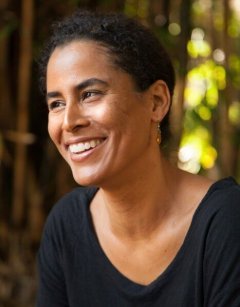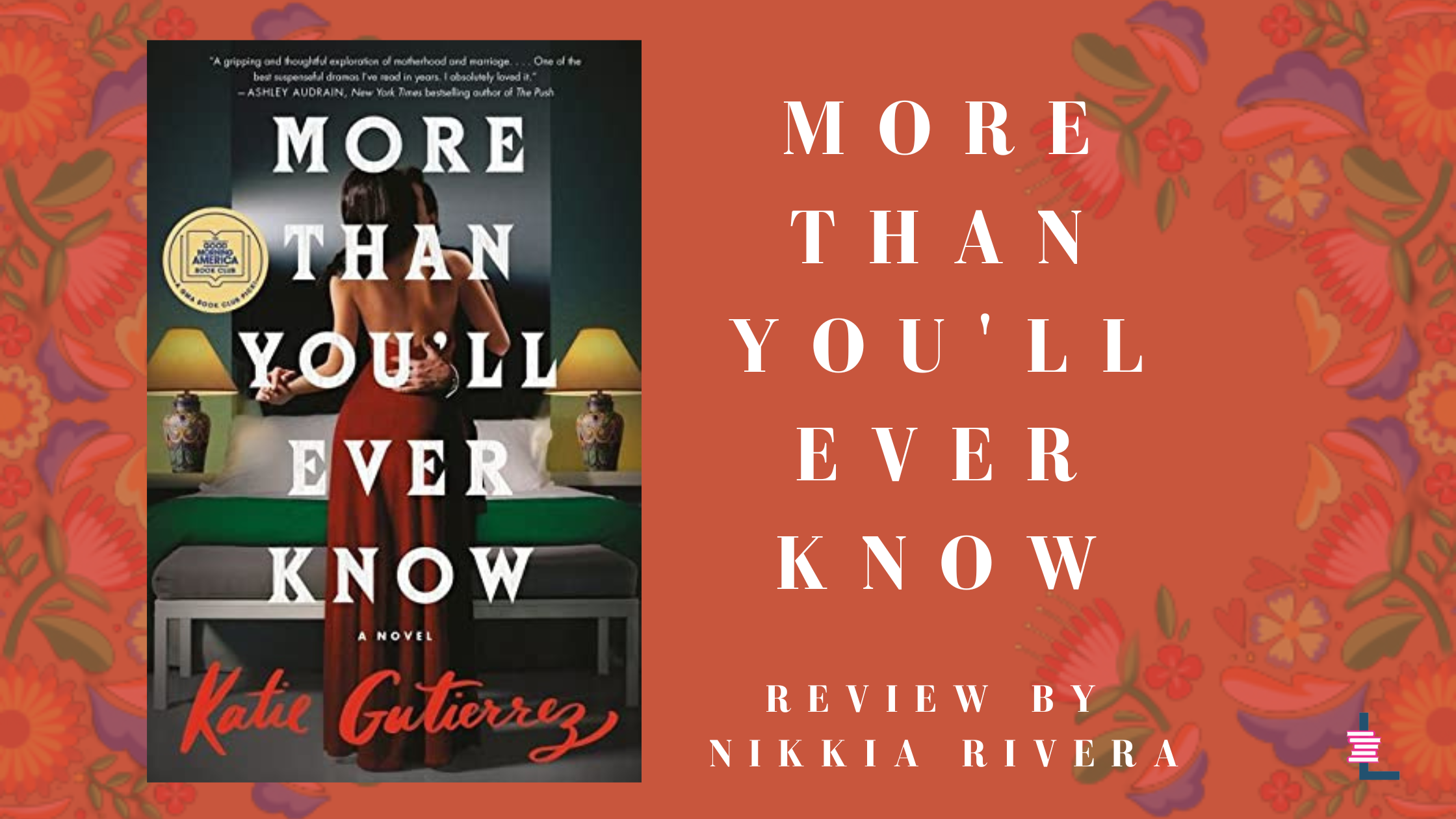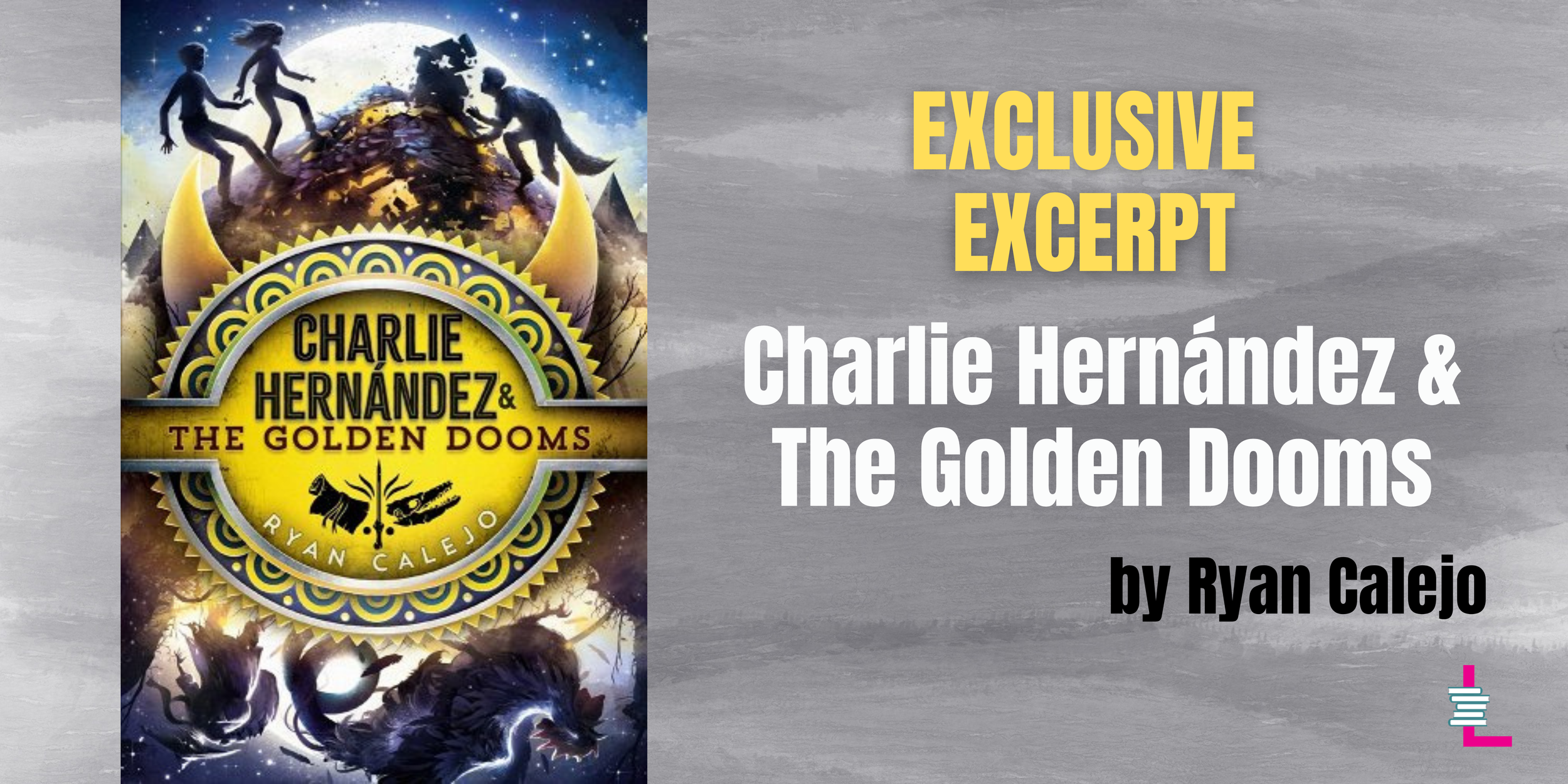Exclusive excerpt from Charlie Hernández & the Golden Dooms:
V and I stashed our bikes between the pair of big, stinky, rusted-out dumpsters at the corner, and then all three of us slipped into the trees, edging our way through saw grass and shadows until we were about twenty yards from the back of Pierre’s. A large green cargo truck with a canvas top and huge mud tires was backed up maybe five yards from the small loading bay door. The suspicious-looking dude we’d seen inside the shop was helping two other suspicious-looking dudes (these with a little less neck and a lot more hair) load something like boxes into the rear of the truck. Thick black cloths were draped over the boxes, which made it impossible to tell what they were or what was inside. The whole thing practically screamed ILLEGAL ACTIVITY UNDERWAY— AVERT YOUR EYES!
“We have to get a closer look,” Violet whispered. And so we crouched in the tall grass, swatting at mosquitoes and moths, waiting for the three dudes to finish.
When they finally did and had disappeared back into the store, we snuck up alongside the truck—on the opposite side—then quickly climbed into the back. The canvas curtains were so thick that they blocked out every scrap of moonlight, but Violet already had her phone out, the harsh white cone of her flashlight app illuminating the boxes we’d watched them load in. There were about ten of them, stacked two high and five deep. But the weirdest part? They seemed to be making the strangest sounds: I could just make out faint panting and sniffing, and some small, soft scratching sounds.
“What do you think’s in ’em?” asked Raúl, sounding very much the part of a soon-to-be victim in some scary movie.
“Let’s find out,” answered Violet, sounding like the very first victim. But when she lifted one of the covers, all we could do was gape.
“A . . . golden retriever?” whispered Raúl, frowning.
“And a Russian blue,” said V, peeking underneath another.
So we peeked under maybe five or six more, and that was exactly what we kept finding: more dogs and cats. (Oh, and a hamster the size of a turkey.)
Raúl, his eyes all big and round and shiny, glanced up at me. “Can we keep one?” he whispered.
“What? No. Well—” I glanced at Violet. “Maybe?”
“They’re not ours to keep,” she said. “Check it out. . . . They’re all wearing collars. They’re all somebody’s pets.”
“But why would those guys have so many pets?” I rasped. I mean, I’m a huge animal lover and all. In fact, I’m part animal. But geez . . .
“I don’t think they do,” Violet said. “Look at the collars again. All different owners.”
She was right. In the glow of her phone, I could see five different tags, and all five had different addresses and different phone numbers.
“So, what, then?” I said. “They’re a petnapping ring posing as an antique shop? These people are sick!” Honestly, that was the only thing that made any sense to me. The question was: What could any of this possibly have to do with Esperanza’s sister?
Next thing, Violet was opening one of the cages. A cat’s. Its collar read Kitty Purry in swirling golden letters.
The blue-furred kitty blinked and its eyes sparkled, and it purred appreciatively as Violet brought it out of the cold shadows of the cage.
“Hey, what are you doing?” I whispered, and Violet said, “I know this address. . . .”
I shook my head. “Whose is it?”
“Not sure, but I’m positive I’ve seen it before. Like, onehundo.” The cat purred again, louder this time. And now I watched Violet’s lips pull down into a frown. “Where’s Raúl?” she hissed.
“Huh?” I glanced left, right, left, spun all the way around, in fact—and realized my cousin had flat vanished on us. Like poof! “Where the heck did he go?”
Just then I heard a click. Somewhere close by, a door banged open. Then came the sound of voices. And then of footsteps—approaching footsteps!
“Someone’s coming!” whispered Violet. “Go, go!”
We hurried out the rear of the truck, climbing backward down the tailgate, and had barely started to turn around when we ran into something—or rather, someone.
And, unfortunately, it wasn’t my cousin. . . .
“Hello, snoopers,” a voice whispered by my ear.
I didn’t need to turn around.
I recognized it.
And I recognized it because I’d just heard it.
Then Mr. Sospechoso—aka the suspicious weirdo from inside the shop—wrapped me up in his bulky arms, lifting me off my feet even as I kicked and twisted, trying to wiggle free.
Next to me, one of the other goons we’d seen helping him grabbed Violet. She struggled and screamed, and the cat leapt from her arms with a loud meoooow! to scamper underneath the truck.
“VIOLET!” I shouted. Then, yanking one arm free, I twisted around, already rearing back to pop this petnapping punk square on the nose—
Only what I saw when I finally got all the way around nearly made me swallow my tongue! (And a couple of teeth, too . . .)
What I’d expected to see—duh—was a human face. But what I actually saw was something else entirely. Up close, the best (and kindest) way to describe it was humanish . . . except there was waaay more ish mixed in there than I was completely comfortable with. The skin on the sides of his face and under his chin was scaly, greenish, and bonedry, like a crocodile’s. His nose, which had just looked a little busted from across the shop, was, in fact, upturned, U-shaped, and rounded at the end, sort of like a shovel. A few long, crooked teeth (too big to be human, too sharp and serrated to be fake) stuck down over his lower lip, and I could hear this totally creepy, rattlesnake-like hiss rising from deep inside his throat. But the freakiest thing about him? No doubt about it, his eyes! They were greenish, yellowish, and black, with dark vertical slits for pupils. Those are the eyes of a reptile, I thought numbly. The eyes of a PREDATOR!
Resisting the temptation to go all Little Red Riding Hood and shout, “GRANNY, WHAT FREAKY EYES YOU HAVE!” I swung my head around and saw that his buddy (the one who’d grabbed Violet) had the same weird skin and the same reptilian eyes! Call me thick, call me slow—call me whatever you wanna call me!—but it was slowly beginning to dawn on me that these guys weren’t exactly human . . .
Panic rose like a hot-air balloon in my throat. But not just because we were outmuscled, outarmed, and completely outsized. But because I didn’t have the slightest clue what the heck these things even were! When I was growing up, my abuelita had taught me hundreds, if not thousands, of myths from all over the Spanish- and Portuguese-speaking world. She’d taught me them in order to protect me, knowing that one day I’d probably run into a few. And it had worked, too. Her stories had saved my life more times than I’d ever admit. (Especially to my mom, because she freaks out about stuff like that . . .) But now, as I took a panicky nosedive into the ocean of my hippocampus, searching through murky memories for stories of croc people, of walking, talking alligator monsters, I came back up with a big fat nada burger. Nothing! Which of course begged the question: Had my grandma never heard of these things? Had she forgotten about them? Or—and maybe most concerning of all—had she not told me about them on purpose?
“What are we gonna do with ’em?” asked one of the goons—er, croc things. ‘
“Exactly what Mr. C would want us to . . . ,” answered the croc thing currently squeezing me like his favorite stuffed teddy. “Make ’em disappear.”
















